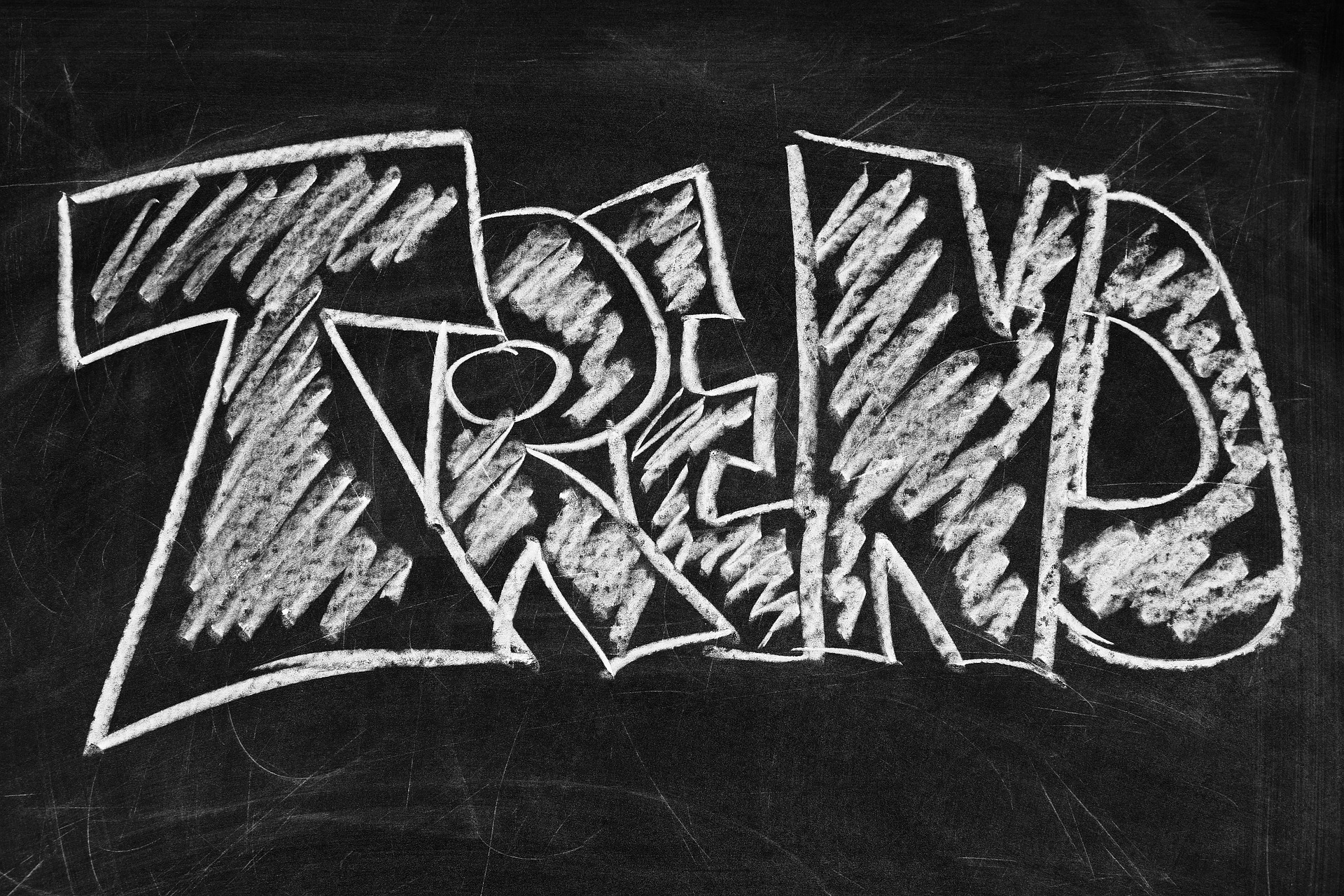Introduction
Art representation has long played a crucial role in the art world, connecting artists with collectors, galleries, and opportunities for exposure. However, changes in consumer behavior, technological advancements, and emerging industry trends all contribute to the ongoing evolution of the art representation landscape. In this blog post, we will explore some emerging trends in art representation and discuss the evolving role of an art agent in the contemporary art world.
The Rise of Online Art Sales
One of the most significant developments in recent years has been the growth of online art sales. Online platforms and marketplaces have provided artists with new avenues to showcase and sell their work. At the same time, collectors have gained access to a vast array of art worldwide. Platforms such as Artsy, Saatchi Art, and Etsy have become prominent players in the online art market, offering diverse artworks across various genres and price ranges.
The benefits of online art sales are evident for both artists and collectors. Artists can reach a global audience without physical galleries, allowing them to expand their networks and increase their sales potential. On the other hand, collectors can browse and purchase art from the comfort of their homes, overcoming geographical barriers and expanding their collections more easily.
However, online art sales also present challenges. With the vast amount of online art, standing out from the crowd can be daunting for artists. This is where art agents step in. Art agents adapt to the digital landscape by providing online curation and consultation services, helping artists navigate the online art world, and curating their portfolios to attract collectors. Additionally, art agents are exploring virtual exhibitions and art fairs as alternative platforms to showcase and sell art. They also collaborate with digital influencers, leveraging their reach and influence to promote artists and their work.
The Increasing Importance of Social Media in the Art World
Social media platforms have become indispensable tools for artists and art agents alike. These platforms play a vital role in art promotion and discovery, allowing artists to showcase their work, connect with art enthusiasts, and gain exposure on a global scale. Artists widely use popular platforms such as Instagram, Facebook, and Twitter to share their creative process, engage with followers, and build a community around their work.
Art agents understand the power of social media and leverage these platforms to promote their clients effectively. They help artists build an online presence and reputation by curating visually appealing profiles and sharing compelling stories about the artists and their artwork. Social media also provides art agents with networking and collaboration opportunities, connecting them with galleries, curators, and collectors. Moreover, art agents use social media to identify and engage with potential collectors, reaching out to individuals interested in similar art styles or genres.

Image by <Gerd Altmann> from <Pixabay>
Emerging Trends in Art Representation
As the art world continues to evolve, new trends in art representation have emerged, shaping how artists and art agents operate. One such trend is the rise of artist collectives and self-representation. Artists increasingly form collectives to pool resources, share knowledge, and gain exposure as a unified group. This trend offers advantages such as increased visibility, shared exhibition opportunities, and collective marketing efforts. However, it also challenges art agents, who must adapt their strategies to work with groups rather than individual artists.
Another emerging trend in art representation is the use of blockchain technology and non-fungible tokens (NFTs). NFTs have transformed the art market by enabling artists to authenticate and sell digital artworks with unique ownership records. This innovation has opened new possibilities for artists to monetize their digital creations. Art agents are crucial in navigating the complex and rapidly evolving NFT market, advising artists on creating and selling NFTs, and helping them establish a presence in the digital art world.
Furthermore, environmental and sustainability concerns have also made their way into the art world, prompting artists, collectors, and art agents to consider eco-friendly practices in art production and representation. From using recycled materials to promoting sustainable art practices, art agents actively advocate for environmentally conscious approaches within the industry. They collaborate with artists who incorporate sustainability into their artwork, promoting it to collectors with similar values.
The Evolving Role of Art Consultants
Art agents are expanding their services beyond traditional art representation, taking on the role of art consultants. They recognize the importance of building brands around artists and forging collaborations and partnerships with other industries. Art agents facilitate brand collaborations, helping artists connect with companies and organizations that align with their artistic vision. These collaborations can create exciting opportunities for artists to showcase their work uniquely and reach new audiences.
Moreover, art agents are increasingly involved in investment advice and collection management. They provide insights and expertise to collectors looking to build and manage art collections. With their market knowledge and connections, art agents guide collectors in making informed decisions regarding art acquisitions, assisting in navigating the complexities of the global art market.
Art agents also play a crucial role in supporting diverse and underrepresented artists. They understand the importance of cultural representation and actively seek opportunities to promote artists from different backgrounds. Art agents help bridge the gap between underrepresented artists and the mainstream art world by championing these artists and providing them with the necessary resources and exposure.
Conclusion
The landscape of art representation is changing quickly as a result of technological advancements, shifting consumer behavior, and emerging trends in the art world. Art agents are at the forefront of these changes, adapting their roles to meet the evolving needs of artists and collectors. From navigating the world of online art sales to leveraging the power of social media, art agents are embracing new tools and strategies to promote artists and connect them with opportunities.
As the art world evolves, art agents will play a pivotal role in guiding artists through the ever-changing landscape. They must stay informed about emerging trends, technological advancements, and market shifts to provide effective representation and support. By embracing change and innovation, art agents can continue to champion artists, facilitate meaningful connections, and contribute to the growth and development of the contemporary art world
